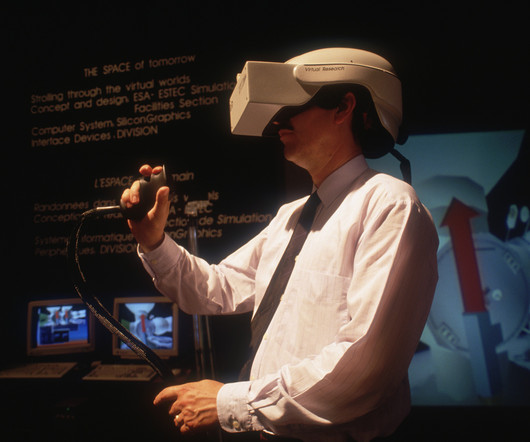The Display Resolution of Head-mounted Displays, Revisited
Doc-Ok
MAY 7, 2018
Unfortunately, back then I only did the analysis for the HTC Vive. In the meantime I got access to an Oculus Rift, and was able to extract the necessary raw data from it — after spending some significant effort, more on that later. Figure 5: Visualization of HTC Vive’s lens distortion correction. Oculus Rift.











Let's personalize your content